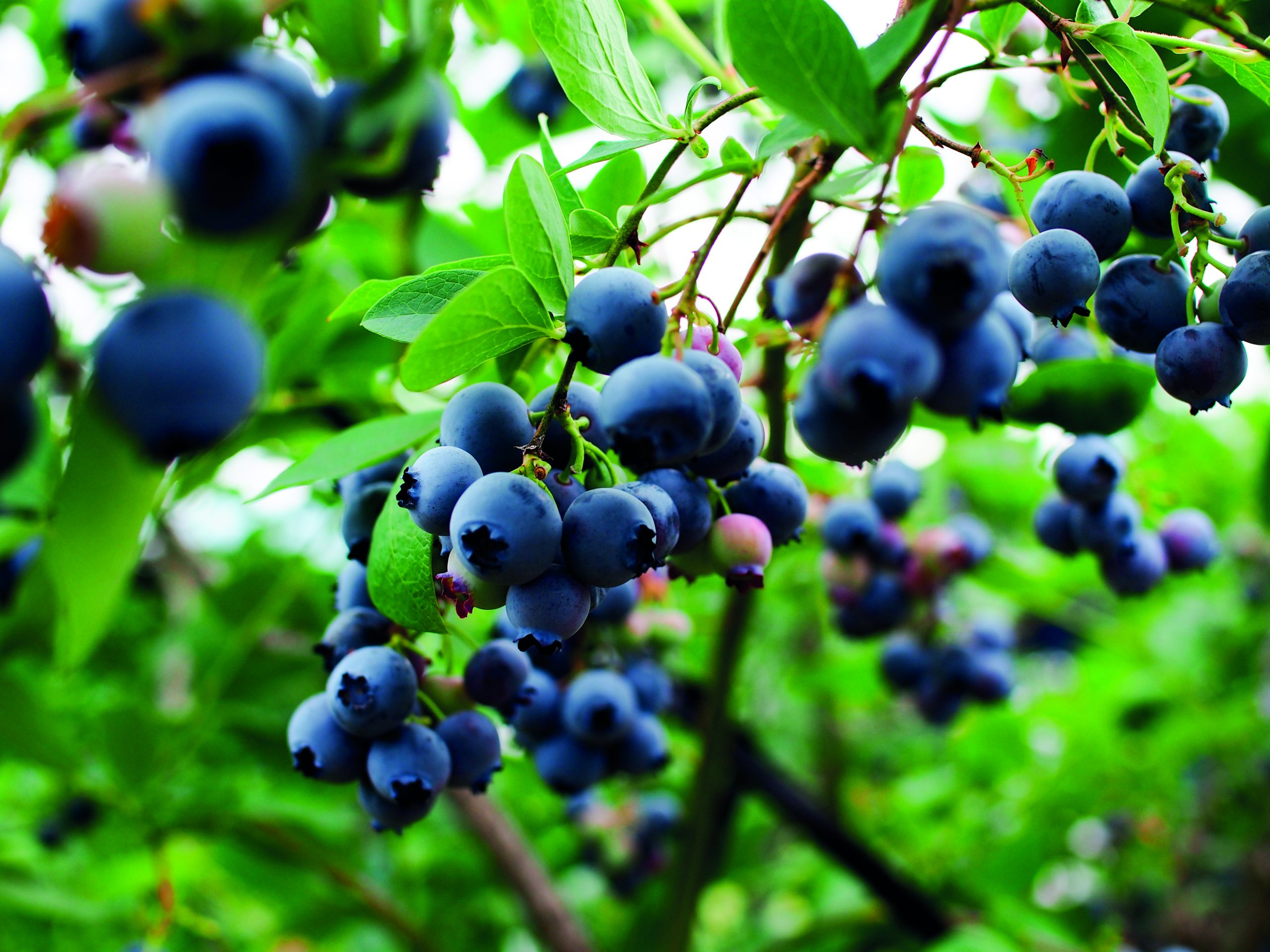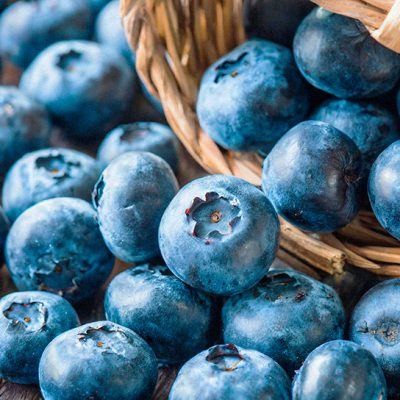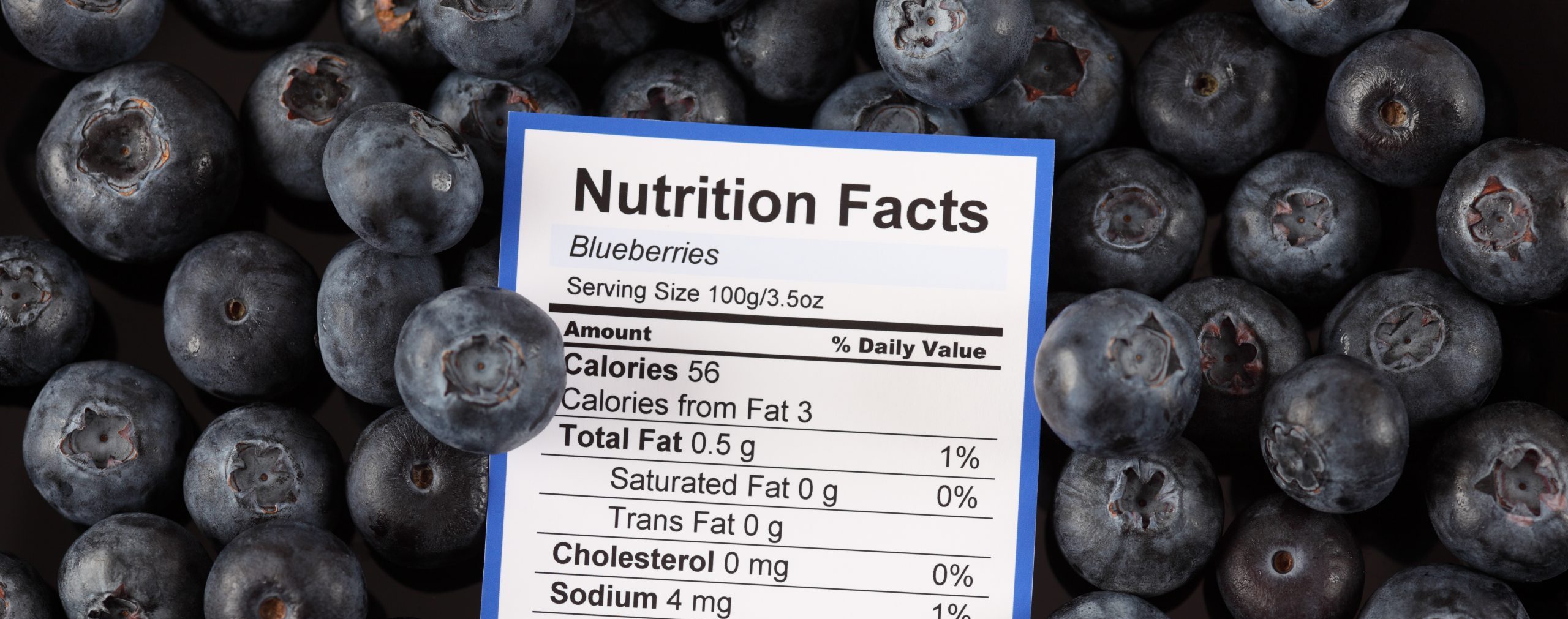Researchers seek to boost bumblebee forage, blueberry yields
 Oregon State University researchers want to see if increasing foraging habitat for native bumblebees will in turn increase their pollination of nearby blueberry fields.
Oregon State University researchers want to see if increasing foraging habitat for native bumblebees will in turn increase their pollination of nearby blueberry fields.
Blueberries bloom for only a few weeks. If alternative blossoms aren’t available once the crop is finished blooming, bumblebees will move onto better food sources, according to a news release.
“It’s very important to give native pollinators a reason to hang around blueberries,” Sujaya Rao, an OSU entomologist working on the project, said in the release. “Just one fruit crop with three or four weeks of bloom is not enough to sustain a bumblebee colony.”
She is seeking blueberry growers in the Willamette Valley to participate in a study of alternate food sources.
The growers would be asked to plant native or exotic plants, such as rosemary, germander, California lilac, sage and red clover, to attract bees.
Researchers would then estimate the number of native bees in the fields with and without hedgerows compared with blueberry yields.
The research is part of a five-year project funded by the U.S. Department of Agriculture and led by Michigan State University to address challenges faced by specialty crop growers.
Because bees are essential to blueberry production, Oregon producers typically rent hives for their fields at a price of about $100 per acre.
Unlike bumblebees, honeybees won’t fly when it’s cold, which is often the case in the Willamette Valley.
Bumblebees also perform what is known as buzz pollination, which occurs when the bees’ vibration releases pollen from anthers of certain flowers.
Source: The Grower






